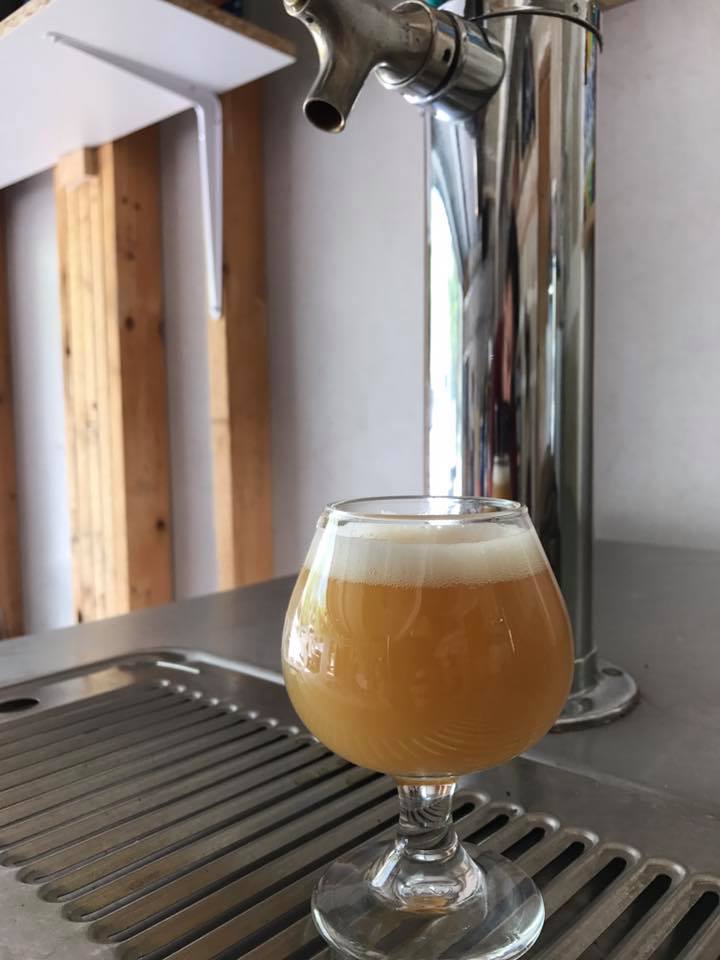I don't see how expressing a recipe's grist bill in percentages as opposed to weight is going to provide an advantage when considering one's own brew house efficiency.
That's what the stated OG is for.
Here's a fun thought: grist bill in percentages - with NO OG...
Cheers!
Ok.






















![Craft A Brew - Safale S-04 Dry Yeast - Fermentis - English Ale Dry Yeast - For English and American Ales and Hard Apple Ciders - Ingredients for Home Brewing - Beer Making Supplies - [1 Pack]](https://m.media-amazon.com/images/I/41fVGNh6JfL._SL500_.jpg)



































 they're entirely unnecessary for scaling a recipe.
they're entirely unnecessary for scaling a recipe.
